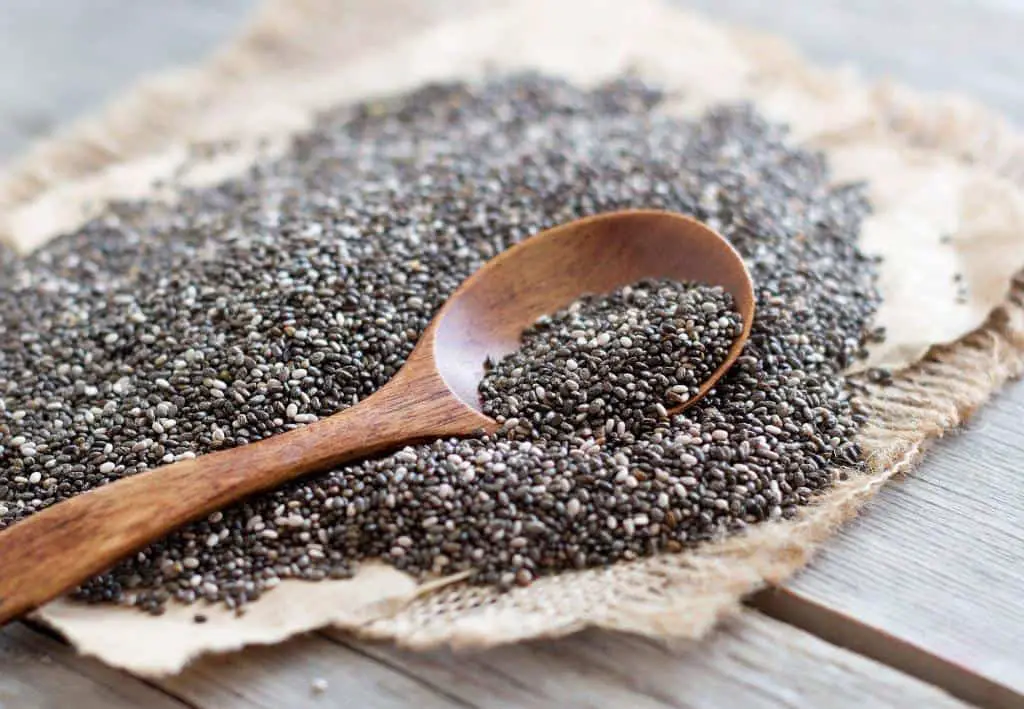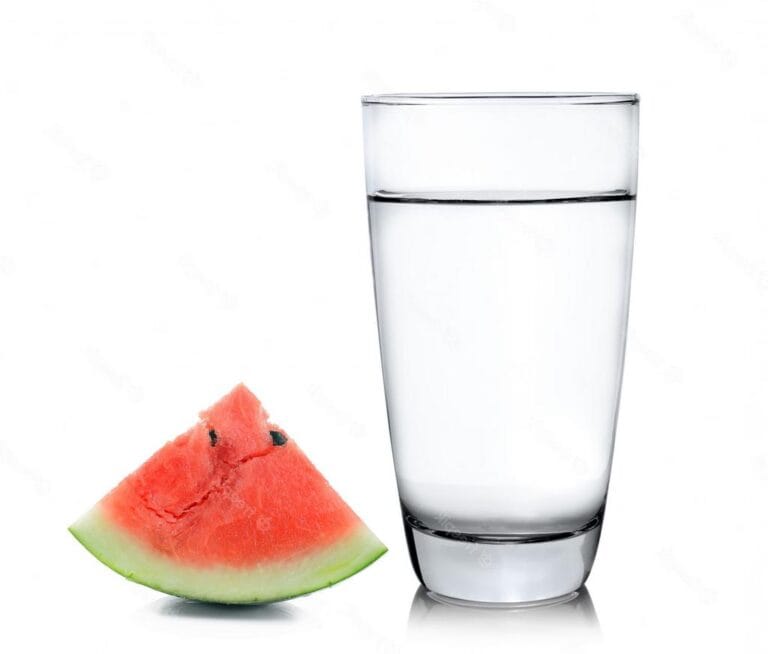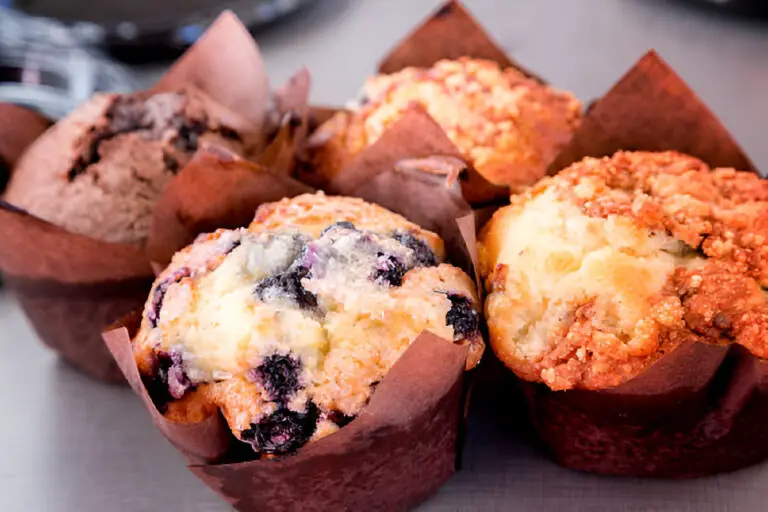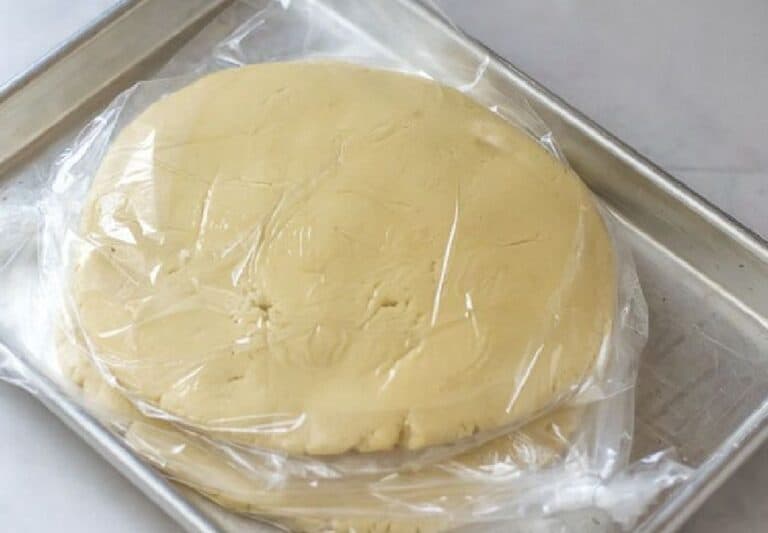Guide to Chia Seeds Shelf Life After Opening (Chia Seeds Expiration Date)

When it comes to healthy foods, one cannot overlook the growing buzz around chia seeds. You may have seen these tiny black-and-white wonders around a lot lately. They are very healthy and can be used in many recipes. Packed with omega-3 fatty acids, fiber, protein, and antioxidants, chia seeds have become a staple of many health-conscious individuals’ diets.
As more people embrace the benefits of this superfood, questions arise about how to store chia seeds properly for prolonged use. How long do they really last after opening? Can they maintain their freshness over time? These are reasonable concerns when buying an ingredient like chia seeds that is high in nutrients and good for your health.
In this ultimate guide, we delve deep into the shelf life of chia seeds after they have been opened. We will uncover what factors can affect their freshness and provide you with valuable insights on how best to store them for optimal longevity.
Whether you are a regular consumer or someone looking for alternative sources of nutrition, read on as we unravel the secrets behind extending the shelf life of these amazing little powerhouses—because taking care of your health should always be within reach!
Understanding Chia Seed Shelf Life
Chia seeds, with their high fiber and omega-3 fatty acid content, have become a popular addition to many diets. However, like any dry seed product, chia seeds have a long shelf life. They usually last up to two years after opening. But over time, their nutritional value and freshness might progressively decline.
Once opened, several factors come into play that can affect the freshness and quality of these tiny superseeds.
Exposure to light is one of the main culprits that can accelerate the deterioration of chia seeds. UV rays from sunlight or artificial lights cause oxidation in the fats present in chia seeds, leading to rancidity. To protect them from light damage, it is crucial to store your open package of chia seeds in an opaque container away from direct sunlight.
Heat is another factor that plays a significant role in reducing the shelf life of chia seeds after opening. High temperatures can speed up chemical reactions within the seed’s structure and lead to moisture absorption or loss. Therefore, keep your opened chia seed container away from heat sources such as stovetops or ovens.
Oxygen exposure also affects the longevity of chia seeds once they are unsealed. Oxygen promotes oxidation processes that degrade nutrients and flavor over time. The solution lies in proper storage techniques: transferring your open packet into an airtight container minimizes oxygen contact and helps extend its shelf life.
Lastly, moisture is another enemy when it comes to preserving open packages of chia seeds for extended periods of time. So make sure they stay dry, because too much water can cause mold to grow or the materials to clump together because they can absorb and hold water.
Storing them at room temperature while avoiding humid environments ensures optimal quality retention.
Lengthening Shelf Life With Preservation Methods

While chia seeds have a decent shelf life, there may be instances when you need to extend their freshness even further. Fortunately, there are preservation methods you can employ to accomplish just that. One effective technique is refrigeration; storing your opened chia seeds in the refrigerator can help prolong their shelf life.
To refrigerate your chia seeds, transfer them into an airtight container or resealable bag before placing them in the fridge. This will protect the seeds from moisture and temperature fluctuations, which could lead to spoilage.
Take note that while refrigerating chia seeds can help preserve their quality for longer periods, they should still be consumed within six months for optimal freshness.
Another option for extending the shelf life of open chia seeds is freezing them. Freezing not only stops any possible breakdown, but it also helps keep all the nutrients in these little powerhouses. To freeze your chia seeds, pour them into an airtight container or freezer-safe bag and place them in the freezer compartment.
Remember to thaw only what you need at a given time, and always return unused portions to frozen storage promptly. By taking advantage of these preservation techniques, like refrigeration or freezing options, you’ll be able to enjoy nutrient-rich chia seed goodness long after opening!
Best Practices for Buying Open Packaging Size Ratio
Taking the time to consider your chia seed consumption habits and needs can help you make an informed decision when purchasing these nutritious seeds. One of the best practices for buying chia seeds is to carefully select the appropriate open packaging size ratio. By doing so, you can minimize wastage or spoilage while ensuring a steady supply of this beneficial superfood.
Firstly, it’s essential to assess your usage patterns. Consider how often you incorporate chia seeds into your diet and in what quantities. If you consume them daily, it may be more cost-effective to opt for larger packaging sizes that are better suited for long-term storage. On the other hand, if you use chia seeds infrequently or experiment with different recipes occasionally, smaller packaging sizes may be more fitting.
Moreover, understanding the shelf life of opened packaging is key when determining the ideal package size ratio. Unfortunately, chia seeds do not last long once they are opened because they contain a lot of oil, which makes them go bad over time. Therefore, purchasing smaller pack sizes ensures that you finish using them before they start degrading in quality.
By considering your consumption habits and taking note of the potential degradation rate after opening, selecting an open packaging size ratio that meets both your needs and ensures freshness becomes easier—a crucial factor in minimizing waste while enjoying all the benefits these tiny powerhouses have to offer.
Signs That Chia Seeds Have Gone Bad
Chia seeds, like any food item, can go bad over time. It’s important to know how to identify if your chia seeds have expired or gone bad in order to ensure their freshness and maintain their nutritional benefits. Here are some signs that indicate your chia seeds may no longer be suitable for consumption:
1. Foul odor: Fresh chia seeds have a mild, nutty scent. However, if you notice a rancid or off-putting smell when you open the container of chia seeds, it is likely an indication that they have gone bad.
2. Change in appearance: One of the most noticeable signs of spoilage in chia seeds is a change in color and texture. While fresh chia seeds are typically dark brown or black with a shiny surface, spoiled ones might appear dull or discolored. They may also become clumpy or sticky instead of having individual grains.
3. Mold growth: Mold is another clear indicator that your chia seeds have deteriorated beyond their consumption point. If you spot any white mold or green fuzzy patches on your chia seed batch, discard them immediately, as mold can release harmful toxins.
It’s worth noting that consuming expired or spoiled chia seeds may lead to gastrointestinal issues such as stomachaches or diarrhea due to the presence of bacteria and other microorganisms associated with decayed food items. Therefore, it’s crucial to pay attention to these visual indicators before consuming them for optimal health benefits.
| Also see: Chia Seeds, Olive Oil, and Cayenne Pepper: Combinations for Many Benefits |
Common Myths About Chia Seed Storage
Dispelling common misconceptions related to storing opened chia seeds.
Myth 1: Chia seeds don’t go bad.
Many people mistakenly believe that chia seeds have an indefinite shelf life and simply cannot go bad. Chia seeds are more resistant to oxidation than other types of seeds. This is because they have a lot of antioxidants, but they can still go bad over time. Like any food product, chia seeds will eventually lose their freshness and nutritional value if not stored properly.
Myth 2: Keeping chia seeds in the pantry is fine.
Another prevalent myth about storing opened chia seeds is that leaving them in the pantry or kitchen cabinet is sufficient. This might be fine for a short time (up to a few weeks), but letting it sit in light, heat, and moisture for a long time can speed up spoilage.
To maximize their shelf life and preserve their exceptional nutritional properties, it’s crucial to store your opened bag of chia seeds in appropriate conditions.
Myth 3: Freezing extends the shelf life indefinitely.
While freezing can indeed prolong the freshness of many foods, including some grains and nuts, unfortunately, this isn’t entirely true for chia seeds. Although freezing slows down deterioration processes significantly and can extend the lifespan by up to several years when unopened, once you open a package of chia seeds and expose them to air again after thawing them out of frozen storage, they’ll start deteriorating just like before freezing.
Therefore, while freezing may buy you some additional time with unopened packages or bulk quantities sealed tight inside long-term storage containers, it won’t keep your already-opened container fresh forever!
Conclusion
To recap, chia seeds have a relatively long shelf life when stored properly after opening. The key factors that can affect their freshness include exposure to heat, light, moisture, and air. By following some simple storage techniques, you can prolong their shelf life and ensure they remain fresh for longer.
Firstly, store your opened chia seeds in an airtight container or resealable bag to prevent moisture and air from getting in. This will help maintain their crisp texture and prevent them from going rancid. Secondly, keep them away from sources of heat and light, such as direct sunlight or near the stove.
Lastly, it’s important to note that while chia seeds do technically last for several years if stored properly, their nutritional value may gradually diminish over time. To maximize their benefits, it’s generally recommended to consume them within one year of opening.
By ensuring proper storage conditions for your chia seeds after opening them up—keeping them cool, dry, and sealed tight—you’ll be able to enjoy these small but mighty superfood seeds at their freshest and most nutritious state for a longer period of time!
FAQs
How long do chia seeds last after opening?
Chia seeds have a relatively long shelf life, especially if stored correctly. After opening, they can typically last for up to two years. However, their freshness and nutritional value may gradually decrease over time.
What factors can affect the shelf life of chia seeds?
The shelf life of chia seeds is influenced by various factors. Exposure to light, heat, air, and moisture can accelerate the degradation process. Therefore, it is essential to keep chia seeds in an airtight container away from direct sunlight or high temperatures. Additionally, humidity in the storage area can lead to mold growth on the seeds.
Can refrigeration or freezing extend the shelf life of opened chia seeds?
Refrigerating or freezing your opened packet of chia seeds can indeed prolong their freshness and extend their usability beyond two years. These colder temperatures help inhibit oxidation and rancidity that could degrade the quality of chia seeds over time. If you choose to freeze them, make sure they are tightly sealed in an airtight container or freezer bag before storing them in your freezer.






